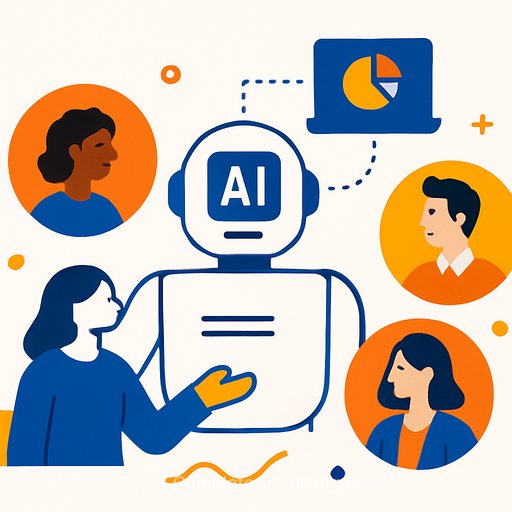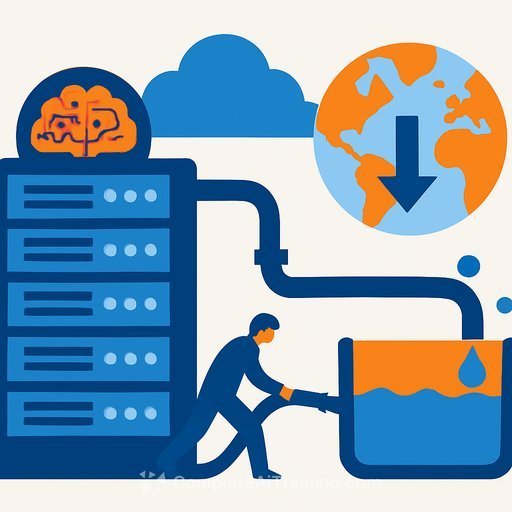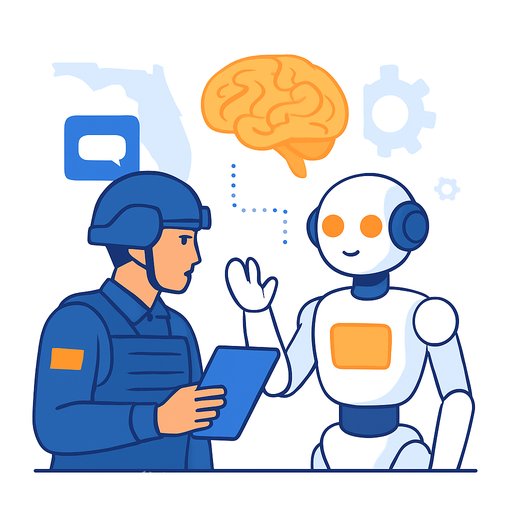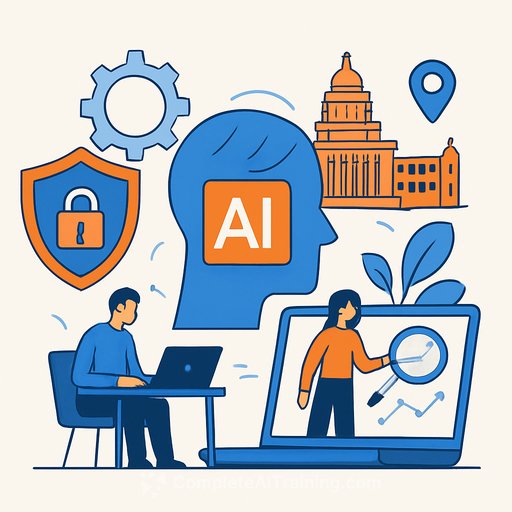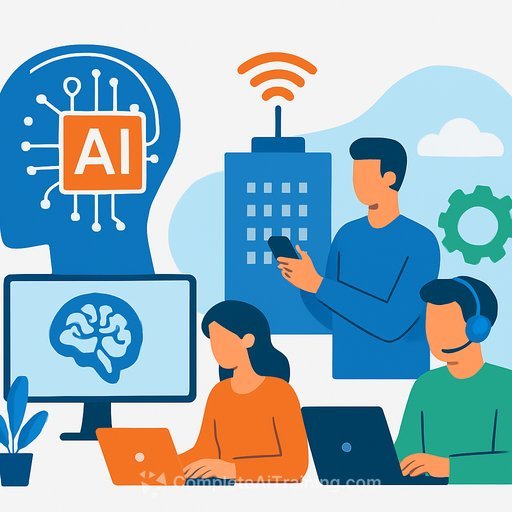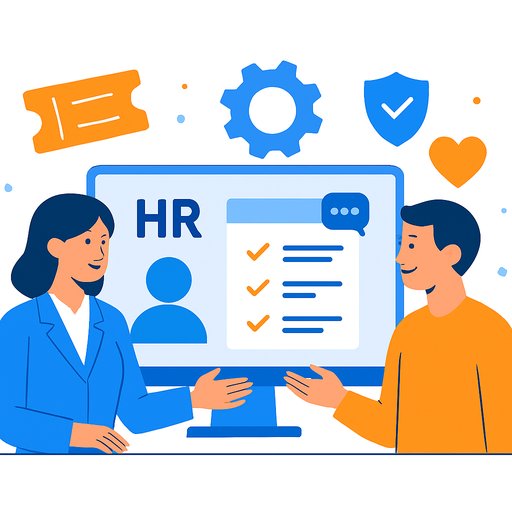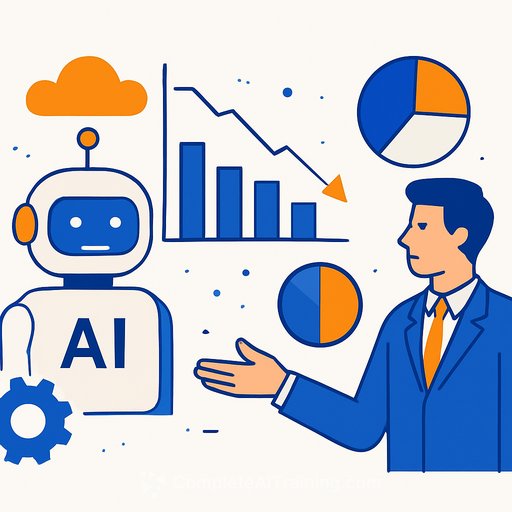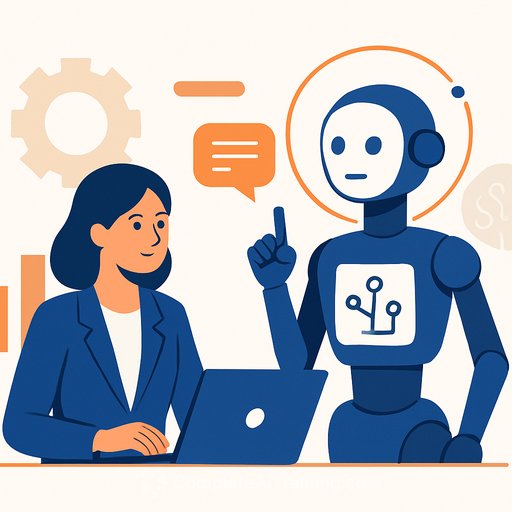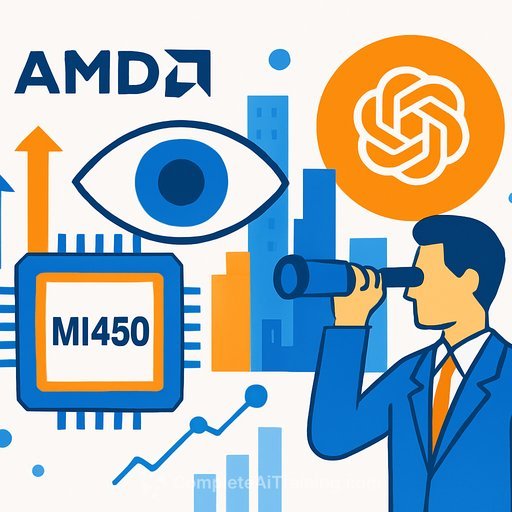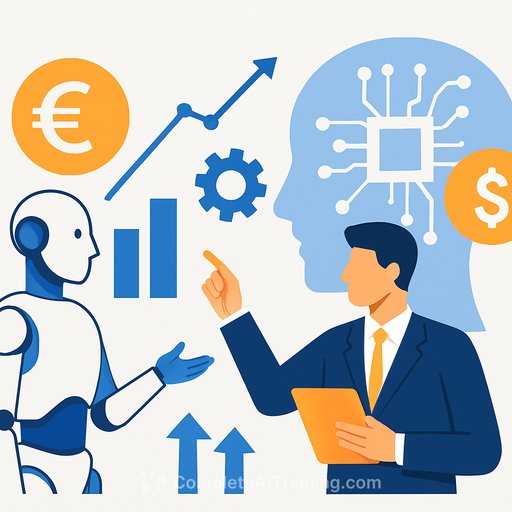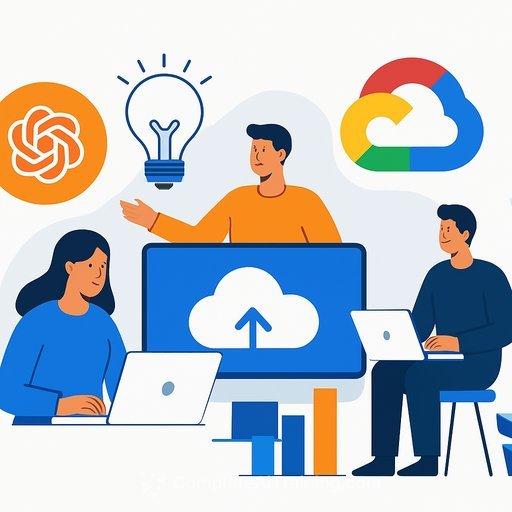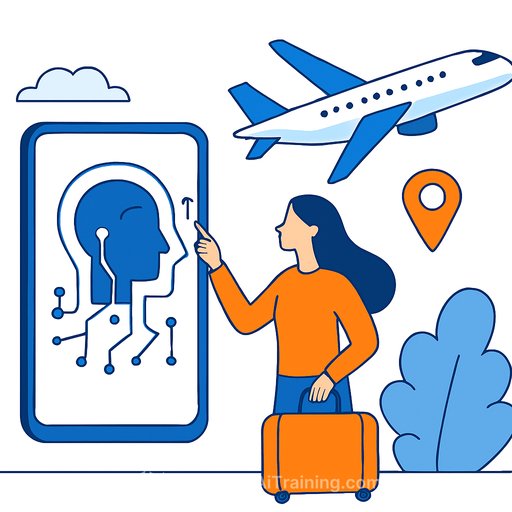Google’s AI-Driven Shift in People Operations
Google is not just adopting AI—they are embedding it deeply within HR to enhance speed and scale while retaining a human connection. Tracey Arnish, Vice President and Head of People Products, leads this effort, overseeing the development and application of AI technologies across Google’s global workforce of over 170,000 employees in more than 60 markets.
Central to this transformation is a focus on data quality. “Organizations have to ensure their data is clean, reliable, and trustworthy,” Arnish says. Systems must be integrated in ways that allow AI to deliver real value, making data a foundation rather than just an asset.
Google is actively upskilling its teams—both in HR and across the business—to experiment with AI and weave it into daily workflows. This approach encourages deeper familiarity and practical use rather than surface-level awareness.
Rethinking HR Roles with AI Collaboration and Design
AI integration goes beyond basic training. HR professionals are being encouraged to adopt mindsets from product management, design, and engineering. This doesn’t replace technical experts but fosters collaboration. By applying product design and customer experience principles internally, HR frames employees as users with evolving needs.
“We’re building expertise in areas like product management and UX design,” Arnish explains. “Customer experience methods like user journey mapping are guiding how we improve internal employee experiences.”
AI acts as a collaborative partner, freeing HR from routine tasks so they can focus on strategic work. For example, Arnish recently used an internal chatbot to quickly get evidence-based answers on career development—insights that will influence future product roadmaps.
Balancing Speed, Scale, and Responsibility in AI Adoption
Google established the AI Garage, an internal lab designed to test AI applications in HR faster than before. This lab identifies specific HR roles—recruiters, HR partners, benefits specialists—where AI can streamline work and boost efficiency.
Despite AI’s growing role, human judgment remains central. With hundreds of thousands of job applications annually, AI helps shortlist candidates swiftly, but final decisions rest with experienced recruiters. Trust is key, with strong safeguards against data privacy issues and algorithmic bias.
Google’s AI principles emphasize maximizing benefits while managing risks. “We always keep humans in the loop,” Arnish states. “AI supports deeper, more connected leader-employee relationships rather than replacing them.”
Beyond internal use, Google invests in workforce development publicly. For instance, the $13 million AI Opportunity Fund in Canada aims to bring AI skills to over 2 million people, reflecting Google’s commitment to broadening AI literacy.
Looking Ahead: HR’s Role in Defining Work with AI
Arnish envisions HR moving from reacting to technology trends to setting the pace in the future of work. “In five years, I want Google to have the clearest insight into the talents we have today,” she says.
Her advice for organizations starting with AI is clear: build a strong foundation. Pilot projects, iterative improvements, and cross-team collaboration aren’t optional—they’re essential. “Start slow and use AI intentionally,” Arnish recommends. “Data systems must be trustworthy for AI to be effective.”
As AI adoption grows, the partnership between CHROs and CIOs is critical. “It’s not about technology ownership; it’s about ensuring AI serves people,” she concludes.
For HR and operations professionals looking to deepen their AI knowledge and skills, exploring targeted courses can be valuable. Resources like Complete AI Training’s courses for HR and operations roles offer practical learning paths to integrate AI effectively into your workflows.
Your membership also unlocks:

